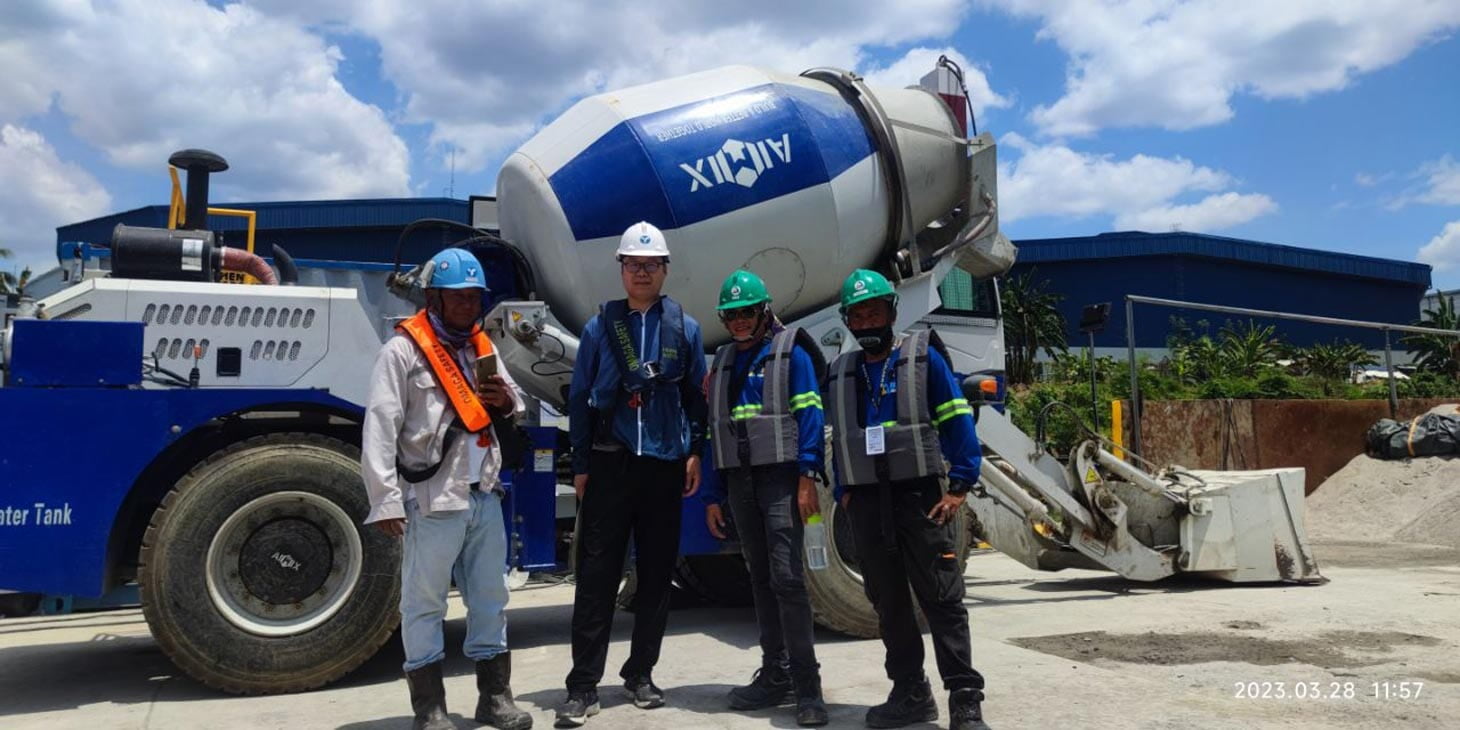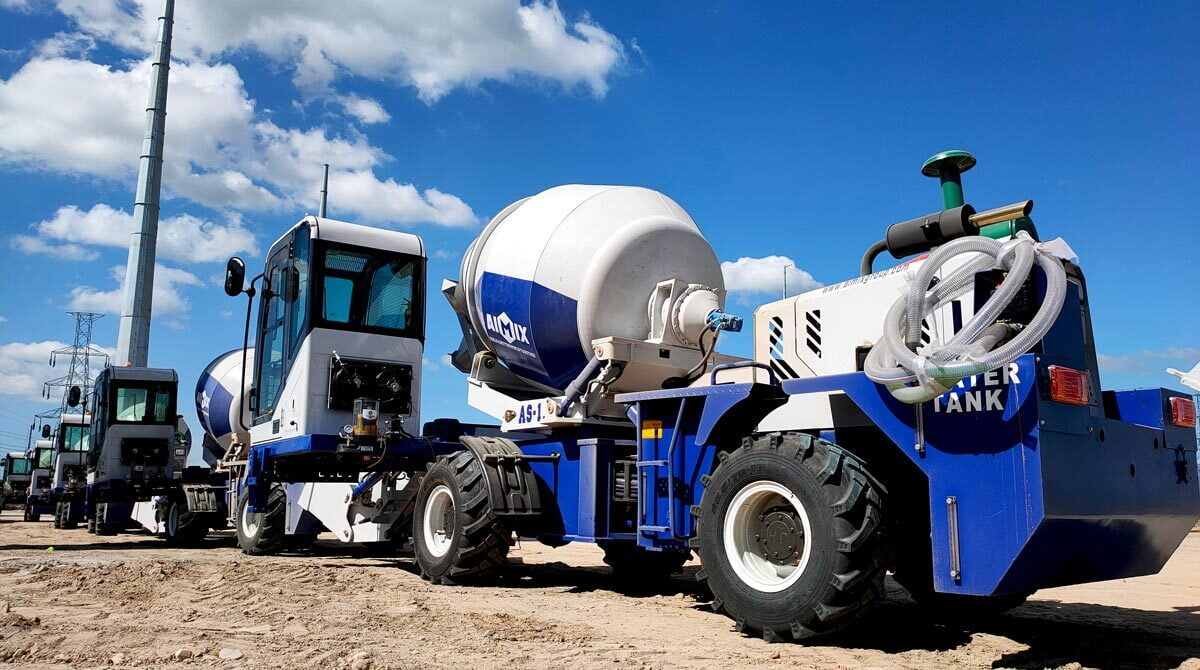When considering the acquisition of a self-loading concrete mixer, the sticker price often induces a moment of financial apprehension. However, it's crucial to differentiate between the initial purchase price and the ongoing operational costs.
Purchase Price vs. Operational Costs
The former is a significant, one-time expenditure, while the latter encompasses fuel, maintenance, and labor. These mixers, albeit pricier upfront, are engineered for efficiency, reducing the operational costs over time. By integrating mixing, loading, and transportation into a single unit, they mitigate the need for multiple machines and additional labor, thus slashing expenses in the long run.
Initial Investment and Long-Term Savings
The initial investment in a self-loading concrete mixer might appear formidable, yet it's imperative to assess the broader fiscal landscape. Traditional mixers necessitate a convoy of supplementary equipment and personnel, inflating costs exponentially. Conversely, the self-loading variant autonomously handles myriad tasks, streamlining operations and fostering substantial savings. Over an extended period, the self loading concrete mixture demonstrate their economic prudence by diminishing fuel consumption, maintenance demands, and labor costs, thereby validating the substantial initial outlay.

Advantages of Self-Loading Concrete Mixers

